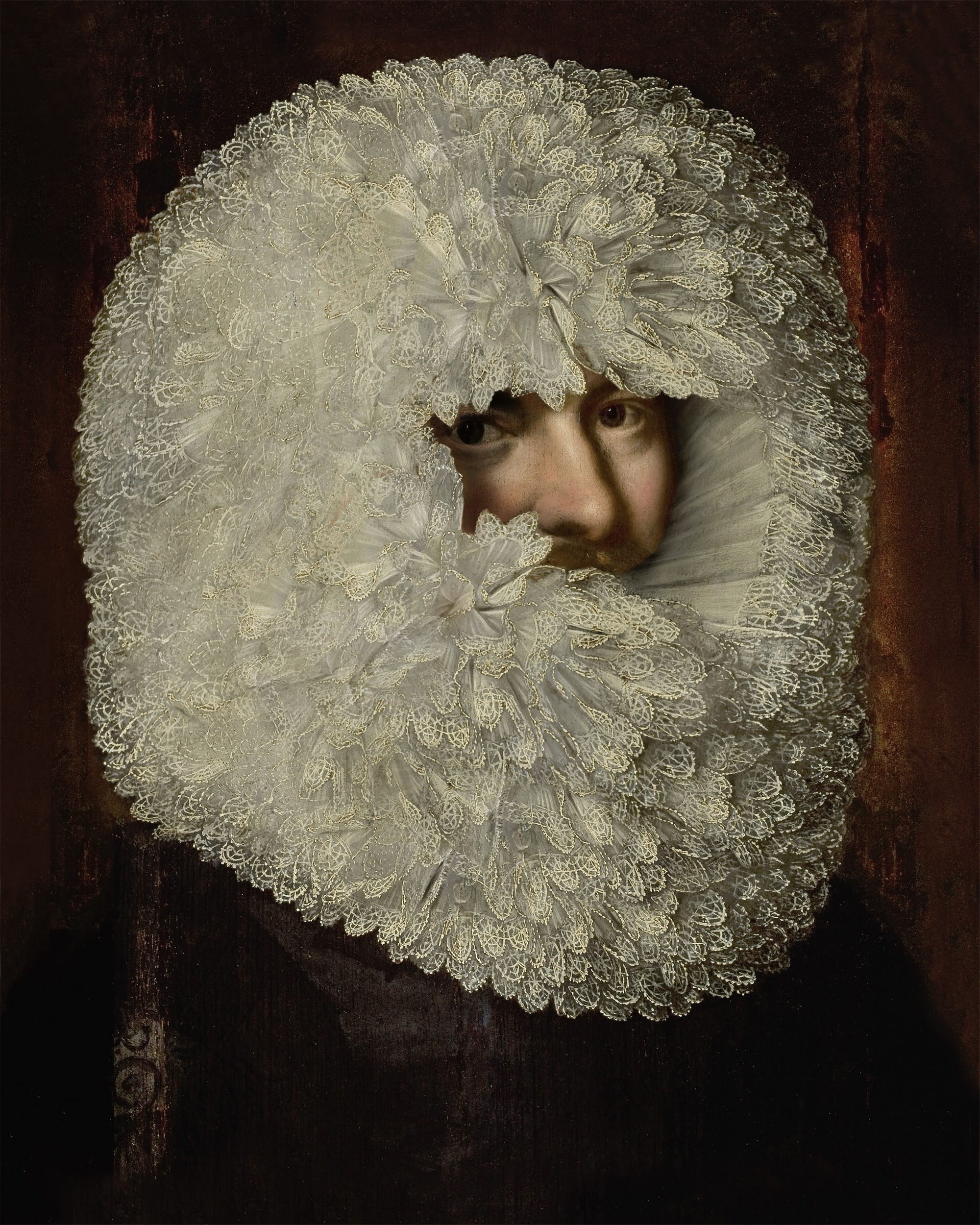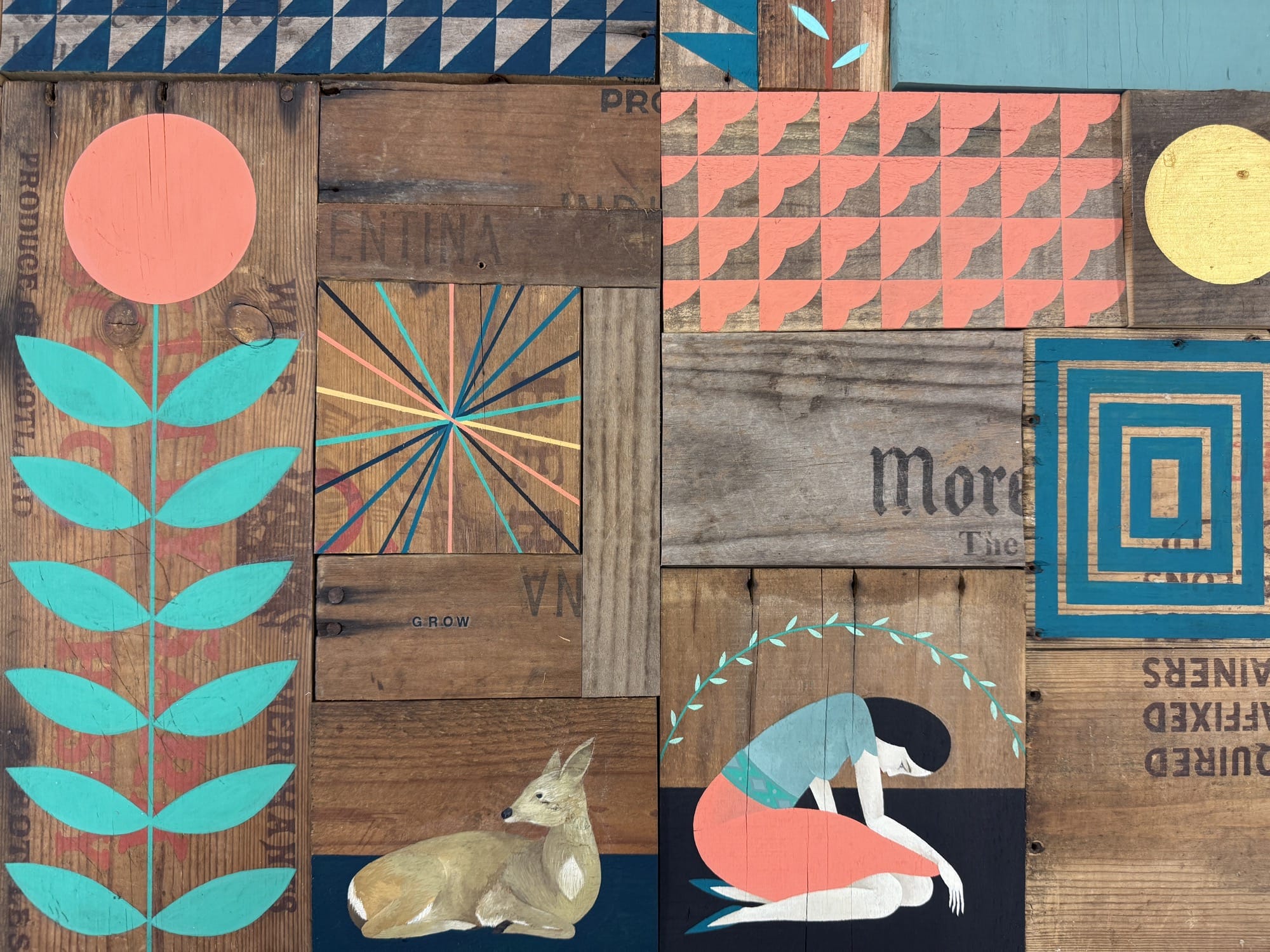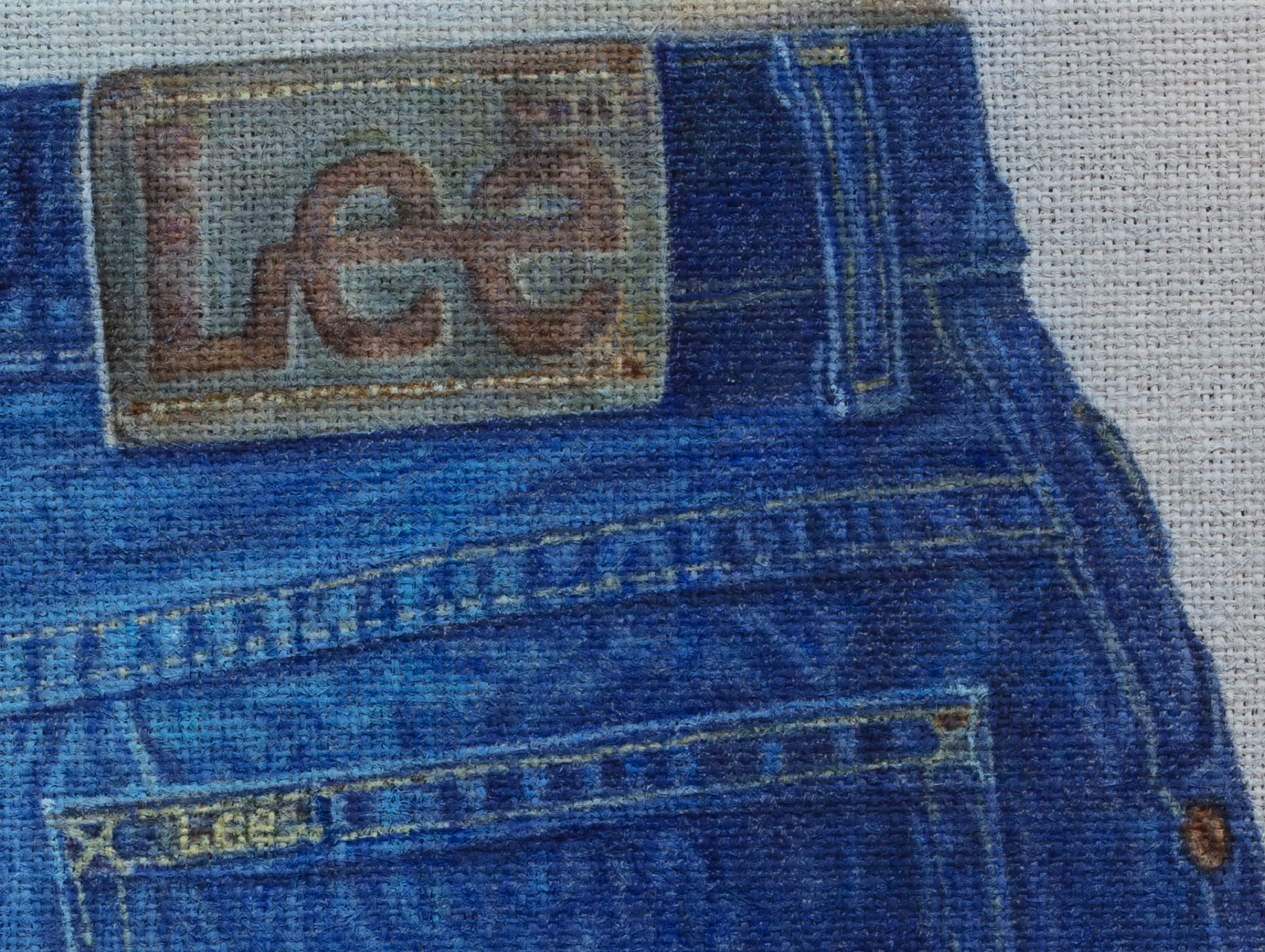Left: Richard Oliver. Right: Jay Miller, descendant of Oliver. All images courtesy of Drew Gardner, shared with permission
The idea for Drew Gardner’s series Descendants emerged from a simple observation by his mother: she noticed that Gardner resembled his grandfather. Intrigued by how traits are passed down—not just as physical likeness but the elemental foundations of DNA—he began researching and documenting the lineages of historical figures. In the nearly two decades since the project started, Gardner has met and photographed relatives of notable people like Charles Dickens, Berthe Morisot, Napoleon, Geronimo, and Frederick Douglass.
A few years into the series, something increasingly bothered him: most of his subjects were white. Reflective of the historical erasure of people of color from Western history books, archives, and art collections, the subjects whose descendants Gardner tracked down were largely European and famous. But he knew there was more to the story.
In 2020, the U.K.-based photographer collaborated with Smithsonian Magazine to produce a U.S. installment of portraits, which added a layer of nuance to his work: “Ordinary people have paid an incredible price for where we are today with our democracy, with the nations we live in,” he tells Colossal. At a time when significant Black historical sites face an increased risk of loss as they’re abandoned or forgotten, capturing history on film is a powerful and effective way to preserve it.
When Gardner visited the U.S. in February of this year, he was puzzled that he noticed few indications that it was Black History Month. “I honestly wouldn’t have known, and I am quite a bit of a media beast,” Gardner says. “I don’t think I saw a single mention of Black History Month.” Observations like these only reinforce the importance of highlighting the contributions of Black people and people of color throughout history, and Gardner felt compelled to focus on both influential and little-known people whose actions have significantly shaped culture and politics.
Left: Harriet Tubman. Right: Deanne Stanford Walz, descendant of Tubman
Gardner dove into The Black Civil War Soldier by acclaimed photographer Deborah Willis, containing more than 70 images, many of which are rarely reproduced and several of which feature unnamed soldiers. Through additional research, Gardner was able to compile a list of 120 portraits in which the subjects were named. He’s found more in the meantime, now exceeding 200, yet that number is still remarkably small within the broader context of Civil War portraiture.
Genealogical researcher Ottawa Goodman collaborated with Gardner to narrow down about 25 of those portraits to begin tracing relatives, relying on the WikiTree U.S. Black Heritage Project for help. Of those 25, the pair only managed to connect with descendants of about six original sitters. Working with designers who assisted with set design, costumes, props, and styling, Gardner recreated and captured the spirit of the original photographs, from the iconic seated portrait of Harriet Tubman to the poignant image of a young drummer named David Miles Moore.
He’s sensitive to the fact that the photographs are not only treasured family heirlooms but integral and emotional elements of family heritage. Sometimes, living descendants are enthusiastic to learn more about the project and participate; other times, he doesn’t receive a response.
The American Civil War, which in many ways marked the dawn of photography, provides a deep well for Gardner’s research, revealing countless untold stories. “This is mainstream photography for, not quite the masses, but getting there. It’s one of the first wars that photography played a major part,” he says.
Find much more of the Descendants series on Gardner’s website and Instagram.
Left: Andrew Jackson Smith. Right: Kewsi Bowman, a descendant of Smith
Left: Lewis Douglass, son of Frederick Douglass. Right: Austin Morris, a descendant of Frederick Douglass
Left: David Miles Moore. Right: Neikoye Flowers, a direct descendant of Moore
Left: Louis Troutman. Right: Chris Wilson, a descendant of Troutman
Do stories and artists like this matter to you? Become a Colossal Member today and support independent arts publishing for as little as $5 per month. The article In His Ongoing ‘Descendants’ Series, Drew Gardner Recreates Striking Portraits of Black Civil War Soldiers appeared first on Colossal.


